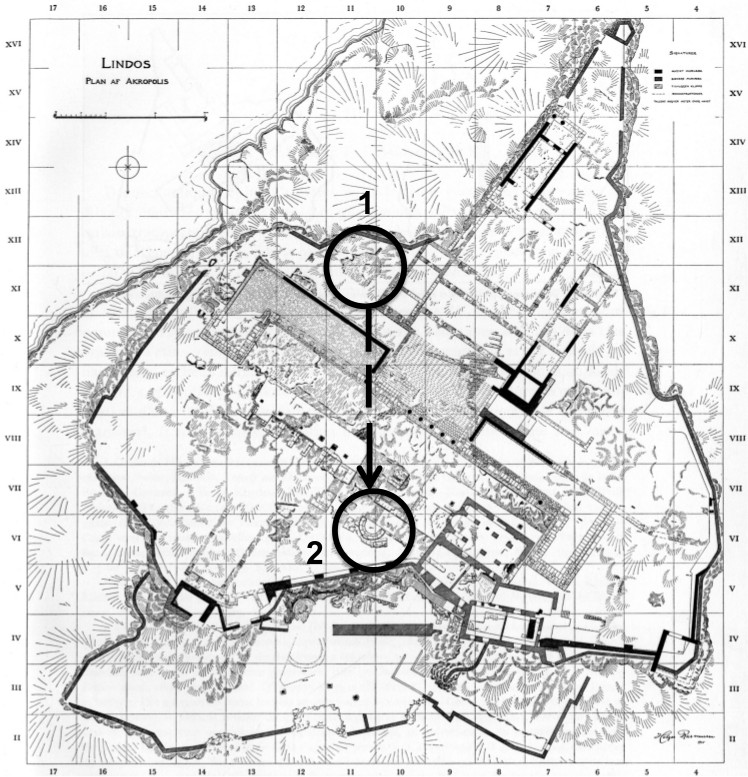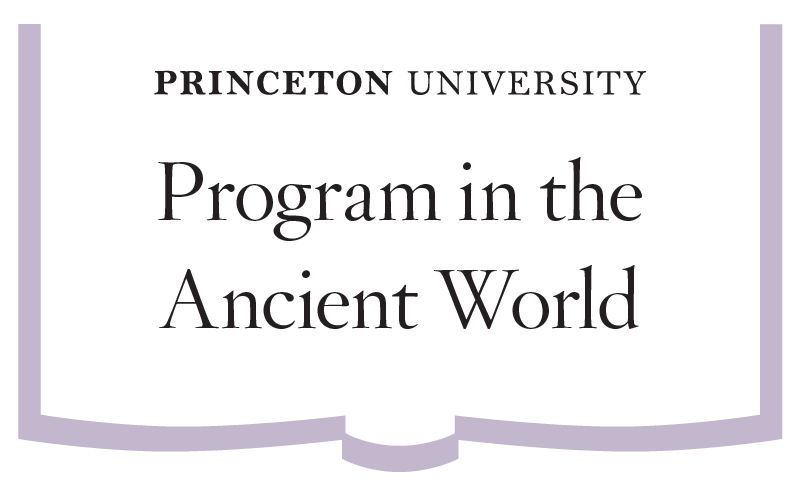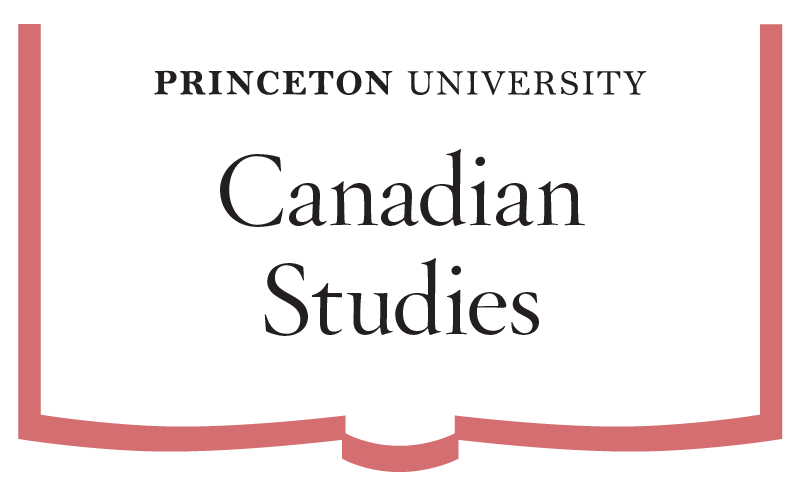
Position matters – Portrait monuments as evidence for structural change of the public sphere during the Hellenistic period
Jochen Griesbach University of Wurzburg
April 17, 2018 · 4:30 pm—6:00 pm · 010 East Pyne
Program in the Ancient World

Honorific statues and their inscriptions evolved into a kind of early mass media thanks to the specific transformation of the ‚geo-political’ landscape during the Hellenistic period. This holds true at least in the Aegean, the core of the Hellenistic world, where honorific statues and their inscriptions became the most visible symbol of reputation and social relevance. The ‚right’ placement of the statues was an important issue to justify the privilege of this very personal type of public monument within the world of the ‚good old’ Greek polis, which was mainly based on democratic values. Analysing the locations of honorific statues, where they are precisely known, it can be determined that they normally relate immediately to the venue of accomplishment underlying the distinction.
In Late Hellenistic times, however, several shifts in the ‚portrait habit’ can be noticed, which point conjointly to significant structural changes within the public sphere: Varieties of exclusion in the arrangement of honorific statues alter the previous modalities of collective perception. Images in the style of honorific statues intrude into the rather private sphere of dwellings and tombs. The tight topographical link between reason and grant of statuary honours is losing its binding force.
The paper aims to find reasonable explanations for these phenomena in the broader context of Late Hellenistic society and thereby to contribute to a new perspective within the general discussion of the ‚decline of the polis’.












